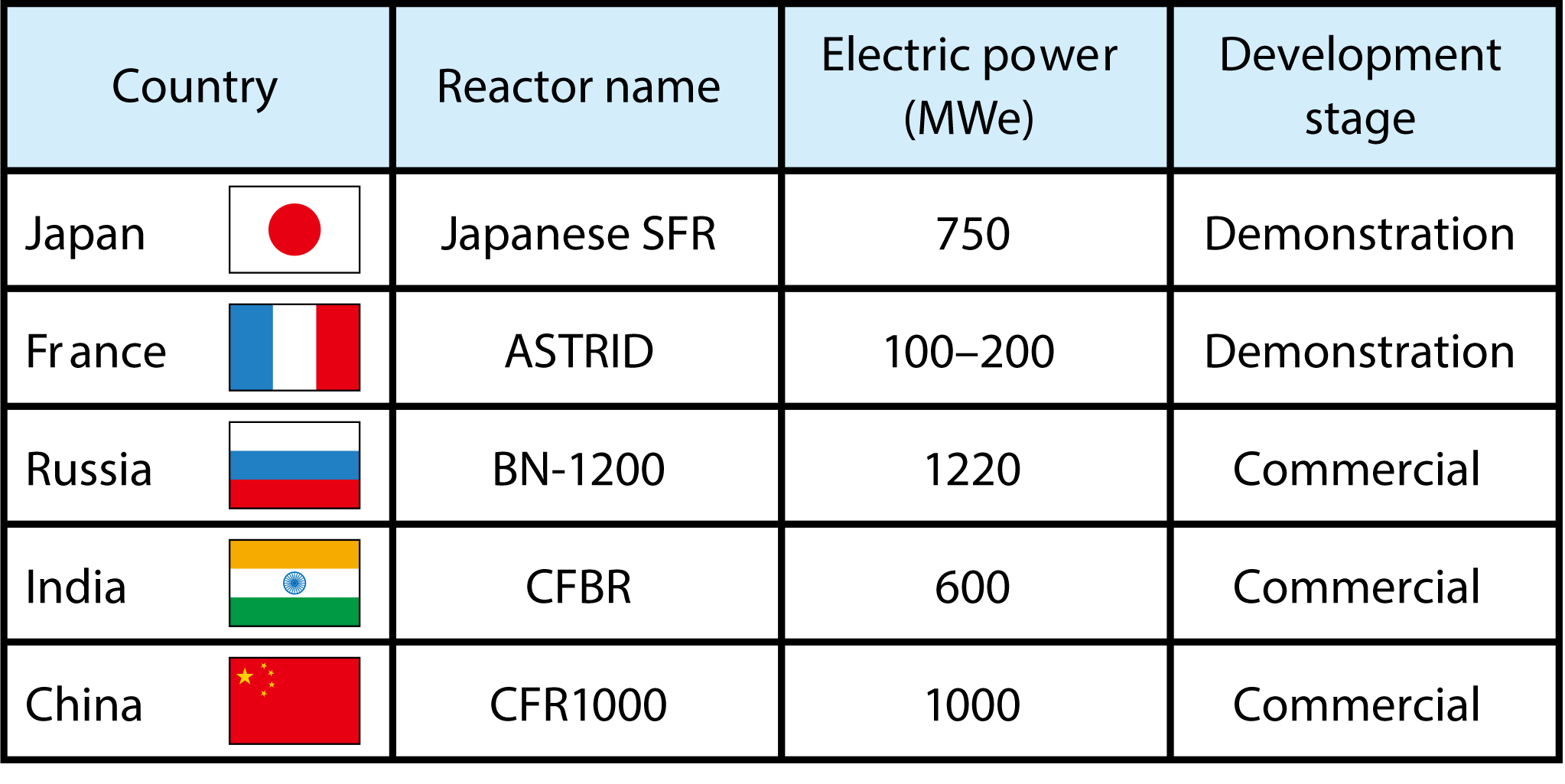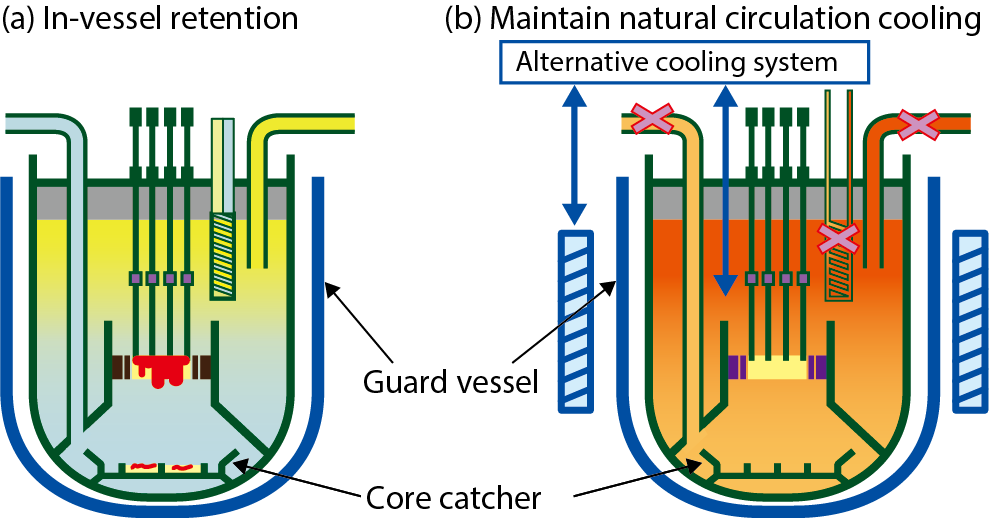Table 7-1 Examples of Gen IV SFRs in the world


Fig.7-4 Images of design measures to prevent and mitigate severe accidents recommended by SDC and SDG
Under the Generation IV International Forum (GIF), JAEA is playing a leading role in developing the Safety Design Criteria (SDC) and the Safety Design Guidelines (SDG) based on experiences from the design, construction, and operation of JOYO and MONJU, and from efforts toward the commercialization of sodium-cooled fast reactors (SFRs). The SDC will constitute the international de-facto standard requirements for SFR, while the SDG will provide recommendations to support designers operating under the SDC. These documents, disseminated by the GIF and IAEA, are being increasingly introduced into advanced SFR designs throughout the world. Currently, the SDC and SDG are being revised based on feedback from regulatory bodies and international organizations.
Table 7-1 exemplifies Generation IV (Gen IV) SFRs now under development. The SDC and SDG are being used in those projects to implement safety measures, especially for preventing and mitigating severe accidents according to their design characteristics, such that plant safety can be ensured.
In particular, the SDC and SDG recommend “in-vessel retention (IVR)”, where molten-core materials are retained and the accident is controlled within the reactor vessel (RV) (Fig.7-4(a)). An SFR should be equipped with a power-reduction function utilizing inherent reactivity feedback and passive mechanism so as to avoid core damage. In addition, the documents state that the failure of the reactor-coolant boundary must be prevented, even if core damage is postulated to achieve IVR. Passive-design measures are being considered among design options in some advanced SFRs. For example, the French ASTRID, Russian BN-1200, and Indian CFBR reactors are examining passive-shutdown system using hydraulic pressure and/or Curie-point electromagnets. The installation of a core catcher in the RV is positively considered to achieve the goal.
An SFR uses sodium, which brings safety benefits—e.g. sodium with a high boiling point provides sufficient time for coolant boiling, enabling core damage to be avoided. Moreover, natural circulation is easily achievable, and the coolant level can be maintained using static components. As described in the SDC and SDG, SFRs maintain their cooling ability by ensuring an intact RV and guard vessel (GV), by enhancing decay-heat-removal systems, and by using alternative and independent cooling systems such that the total loss of cooling can be practically eliminated. Designers of advanced reactors are striving to improve measures to prevent core damage. Examples include a GV covering the entire primary coolant system, a diversified decay-heat-removal system, and the use of the natural circulation of sodium (Fig.7-4(b)).
Safety measures in Gen IV SFRs are being enhanced in compliance with the SDC and SDG. JAEA is leading the safety of SFR by establishing the SDC and SDG as international standards.
The present study was supported includes the result of a technical-development program for a fast-breeder reactor, etc., by the Agency for Natural Resources and Energy, Ministry of Economy, Trade and Industry (METI), Japan.
<Previous: 7 Research and Development of Fast Reactors | Next: 7-2>